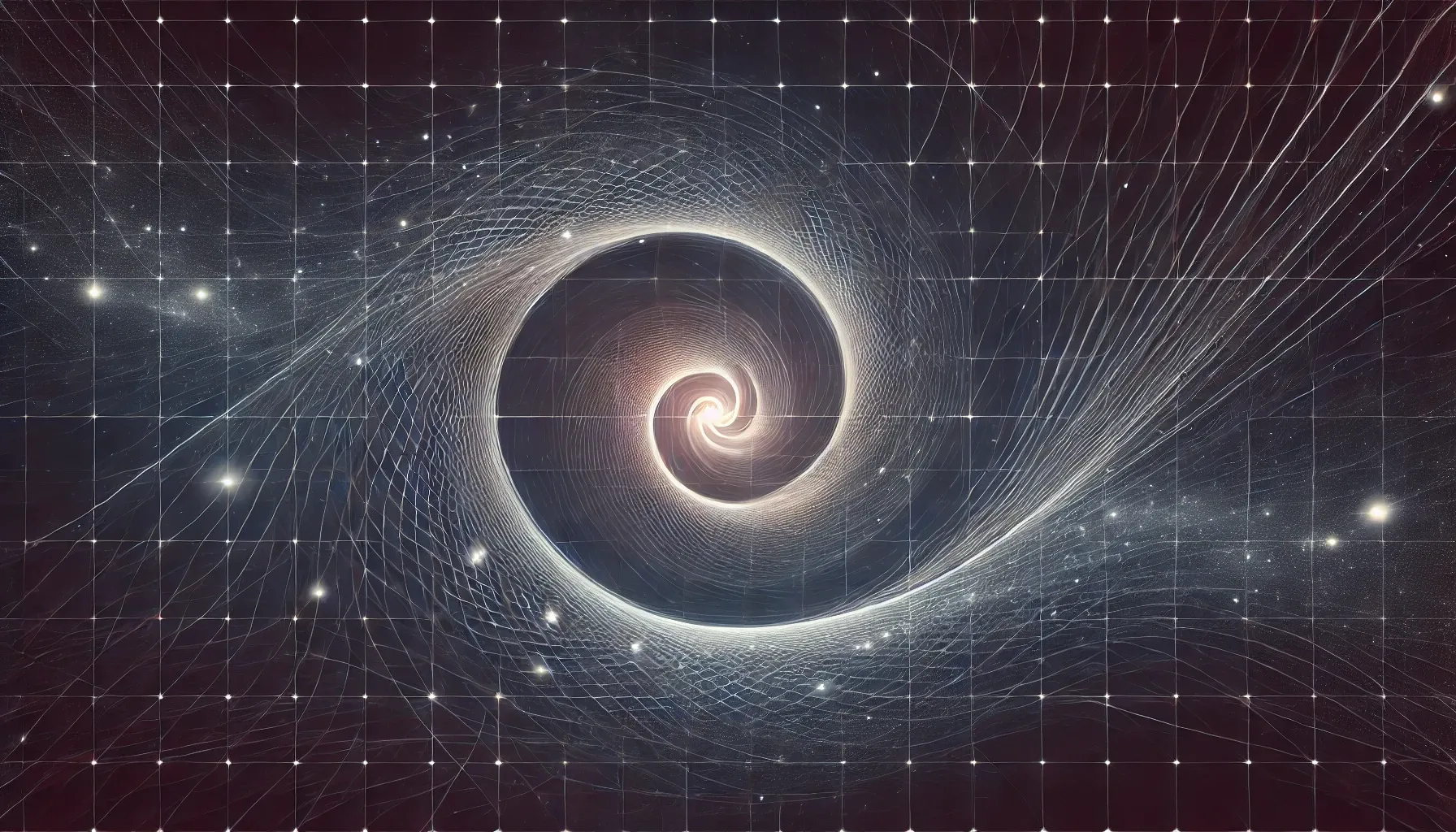Atomic Clocks and the Puzzle of Time
Atomic clocks appear to tick differently at different altitudes, despite being governed by unchanging quantum transitions. Could this point to something deeper than time dilation — a shift in how we interpret scale and curvature?
Universal Relativity & the Puzzle of Time
Atomic Clocks and the Mystery of Time
Atomic clocks are among the most precise devices ever created. Governed by quantum transitions and fundamental constants, they're designed to be immune to environmental noise...consistent, unwavering, almost absolute.
And yet…
They still tick differently depending on where they are.
Raise one just a few centimetres off the ground, and it registers a measurable difference in time compared to its twin below. Clocks in stronger gravitational fields tick more slowly than those in weaker ones.
The effect is minuscule but undeniable. It’s the very reason GPS satellites must constantly correct for both their speed and altitude. For them, time moves differently.
But here’s the question that sparked an entire line of thinking:
If atomic clocks are governed by unchanging quantum rules, how can gravity affect them at all?
Shouldn’t their ticking, their internal frequency, remain untouched by position? Is this not akin to saying an orbital shift in Andromeda affects the wristwatch on your arm?
The Standard Explanation
In General Relativity (GR), this effect is explained by spacetime curvature. Time is relative, not absolute, and depends on the shape of spacetime. Clocks closer to mass experience more curvature, and thus time “slows down.”
But that phrasing — “time slows down” — can be misleading.
Physicists clarify: a clock always ticks at one second per second in its own frame. What changes is coordinate time — how those seconds compare across different regions of curved spacetime.
Like taking a shortcut across a warped terrain, a clock in curved space traces a different path through time. And mathematically, GR captures this with stunning precision.
But does this truly explain what’s happening? Or just describe it?
The Deeper Puzzle
Atomic clocks measure time through electromagnetic oscillations via quantum transitions in atoms like caesium. These depend on fundamental constants: Planck’s constant, the speed of light and the electron mass for example.
So why should the ticking rate rooted in these unchanging constants vary with tiny changes in altitude?
It leads to two possibilities:
- Atomic clocks are somehow extremely sensitive to gravitational fields, despite their quantum stability.
Or...
- The clocks themselves remain stable, but the spacetime they inhabit changes.
Universal Relativity (UR) favours the second view.
A Scale-Based Interpretation
Suppose instead of viewing time dilation as “slower time,” we interpret it as a compression of local spacetime scale, a change in the density of the fabric itself.
The clock isn’t affected by gravity directly — what changes is the local density of spacetime, which alters how its ticking is interpreted externally.
In this model, a clock near Earth’s surface exists in denser, more compacted spacetime. Its seconds are shorter, its metres smaller. From its own perspective, nothing changes. But compared to a clock on a mountain, in more dilated space, it ticks differently.
Each clock ticks at one second per second in its own layer of spacetime. It’s only when you compare across layers, across scales that is, that the illusion of ‘slower time’ appears.
Analogy: Two Clocks, Two Scales
Imagine two identical atomic clocks:
- One sits deep in a gravitational well.
- The other rests on a mountaintop.
Each ticks once per second and moves one metre per second in its own local spacetime.
Now suppose the mountaintop spacetime is 10× more “dilated” than near the ground. To cover 1 mountaintop metre, the lower clock must travel 10 of its compact metres. To match 1 mountaintop second, it must tick 10 of its local seconds.
From an external observer’s perspective, it appears that:
- The deeper clock ticks slower.
- It moves less.
But that’s an illusion of scale. Each clock ticks normally in its own compact or dilated geometry.
Observation, Not Distortion
This doesn’t contradict GR’s mathematics — it reframes the intuition. Instead of time being “stretched” or “slowed,” it is simply measured differently across regions of varying spacetime density.
Time doesn’t distort — it scales. The clocks don’t slow — their frames shrink.
The deeper clock isn’t broken. It’s just operating in a more compacted frame of reality.
Over millions of years, two perfectly synchronized atomic clocks — one at sea level, one on a mountaintop, would diverge. Not because of drift, but because of the relative scale field each one inhabits.
Why Do Atomic Clocks Tick Differently?
Not because they’re sensitive. Not because time itself slows.
But because they’re embedded in different local geometries — and what we call “dilation” may be better understood as a scale gradient.
Proper time isn’t slower. It’s more compact. The ticking doesn’t fail. The field compresses.
And that opens up deeper questions:
- What is gravitational redshift, really?
- Why does time appear to halt near a black hole?
- What other mysteries and paradoxes could scale gradients explain?
Or the most fundamental:
Is time a flow… or a measure of where we sit on the scale of reality?
This isn’t the end of the puzzle — it’s the beginning.
Perhaps what we call “time dilation” is not a distortion of time, but a revelation of scale.

